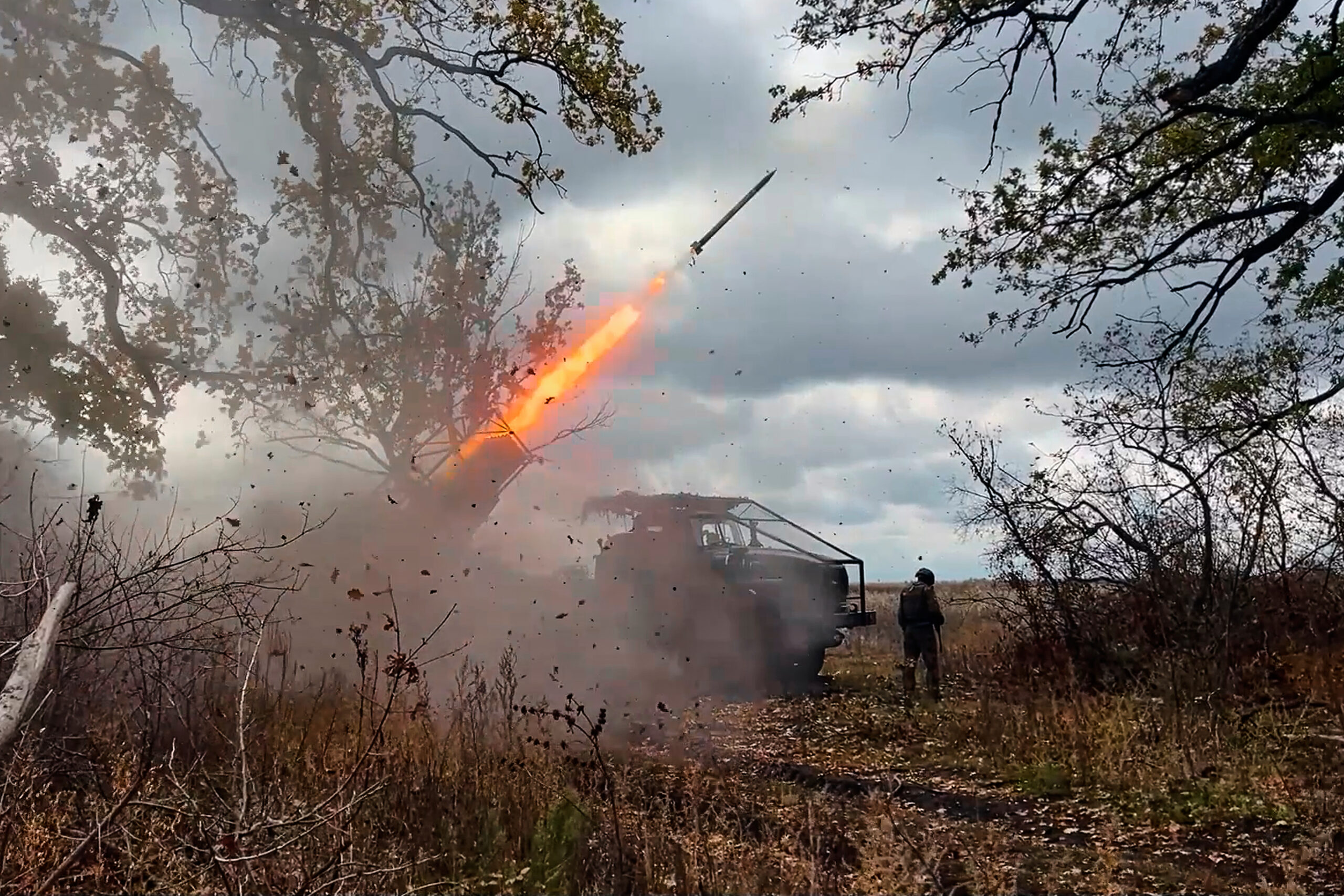President Volodymyr Zelenskyy announced on March 4, 2024, his intention to acquire 25 Patriot air defense systems from the United States. This request comes as Ukraine faces intensified Russian aerial assaults that have led to widespread blackouts, particularly critical as the country approaches winter. Zelenskyy acknowledged the high cost of the Patriot systems, noting that such a significant order could take years to fulfill. He emphasized the possibility of European nations temporarily donating their systems to Ukraine, stating, “we would not like to wait.”
These coordinated missile and drone strikes target Ukraine’s power grid while the nation battles to defend the eastern stronghold of Pokrovsk from advancing Russian forces. International peace efforts have seen little progress nearly four years after Russia’s initial invasion. Recently, Ukraine received additional Patriot systems from Germany, but the exact number of systems currently operational in Ukraine remains unclear. Overall, the country’s air defenses are under significant strain, underscoring the urgent need for effective protection against winter-related energy shortages.
Intensified Russian Attacks and Energy Infrastructure Damage
Russian assaults on Ukraine’s energy infrastructure have become increasingly effective. Reports indicate that Russia is launching hundreds of drones, some equipped with advanced targeting capabilities, which successfully overwhelm Ukraine’s air defenses. This year, Russia has shifted its strategy to focus on local switchyards and substations rather than centralized power grids, which has exacerbated the damage inflicted on Ukraine’s energy systems.
On March 4, the Ukrainian Energy Ministry stated that Russian strikes resulted in significant damage to power infrastructure, necessitating scheduled blackouts across various regions of the country. The ministry urged citizens to conserve electricity, particularly during peak hours in the mornings and evenings.
As the situation evolves, both Ukrainian and Russian forces are engaged in a fierce battle for control of Pokrovsk, located in the eastern Donetsk region. Zelenskyy reported that Russia has amassed approximately 170,000 troops to launch a renewed offensive. The Institute for the Study of War, based in Washington, D.C., observed a recent lull in fighting but anticipates an increase in hostilities as Russian forces continue to mobilize in the area.
NATO’s Support and Future Developments
NATO is actively coordinating the delivery of substantial military aid packages to Ukraine, with European allies and Canada procuring much of the necessary equipment from the United States. The current U.S. administration has shifted its policy on arms assistance to Ukraine compared to previous administrations, which complicates the ongoing military support landscape.
As winter approaches, the impact of sustained Russian attacks on Ukraine’s energy infrastructure raises critical concerns. The potential for further blackouts could severely affect the population’s access to heating and running water during the harsh winter months. The situation remains fluid, and both sides appear poised for intensified conflict in the coming days as military operations continue to unfold.







